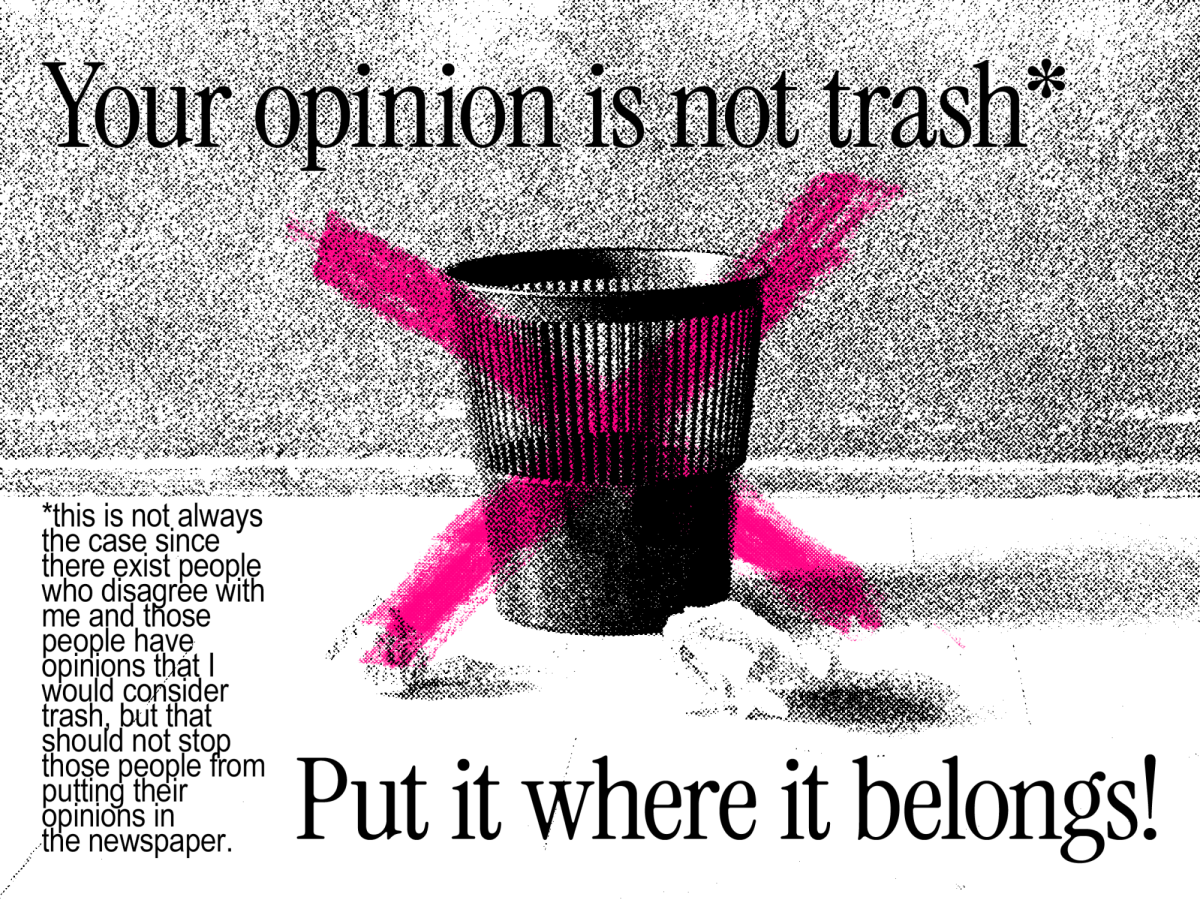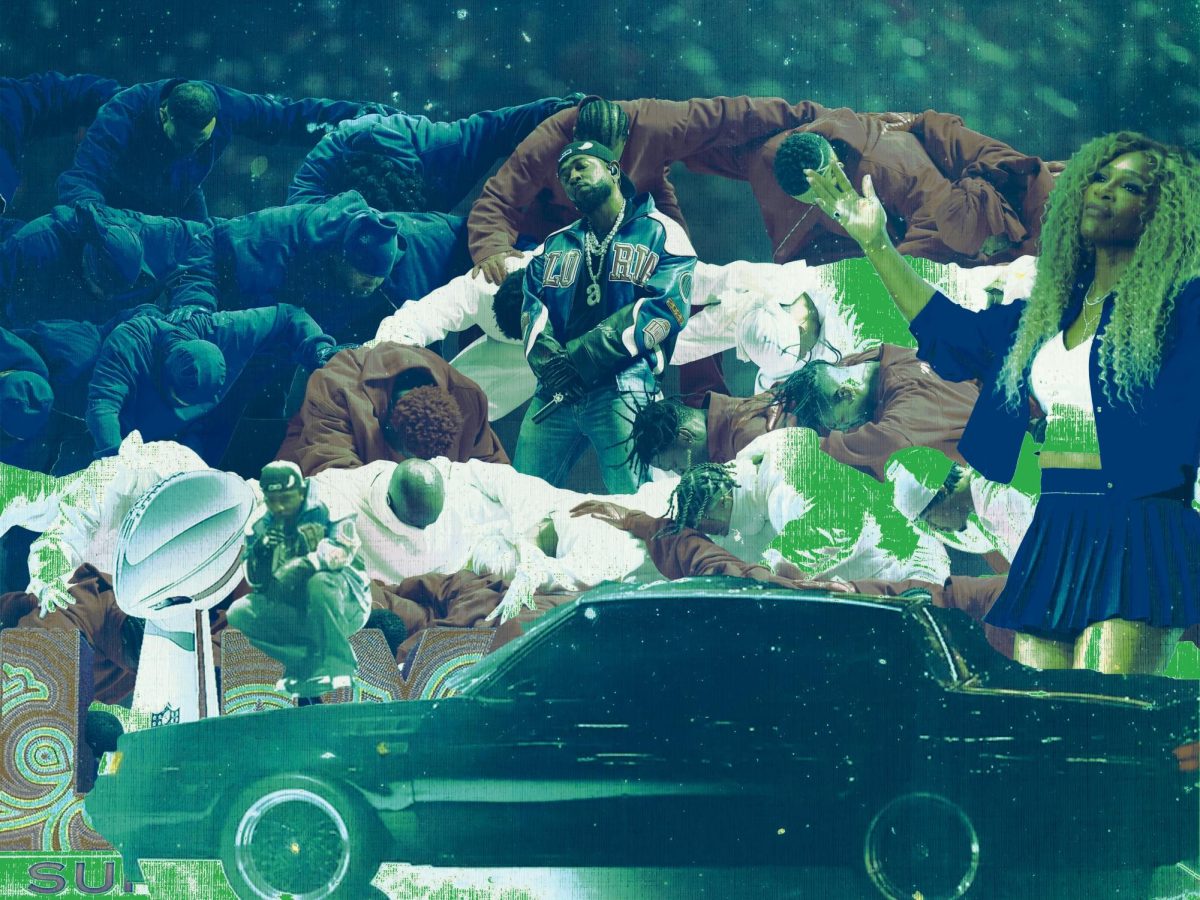Dear Tess,
ank you for writing about the removal of Chuck Close’s work. I disagree with Ken Allan’s opinion that a committee discussion would’ve produced better results regarding this issue. Victims of sexual assault are almost entirely snubbed by the court of law.
Perpetrators o en go free, unimpeded by their repugnant actions; ill-e ects are carried entirely by victims. Ken’s underlying question would be better phrased, “would the artist in question have had such resounding success were theiractionsunmediatedbyanenablingenvironment?”. eanswerIhopewe all hope for is a resounding “no”. So the question becomes “should we employ retroactive ethics to dispel this enabling environment?”
In my opinion, the answer is YES. is is not censorship, but liquidity of culture addressing what need be recti ed. It is common that people push back on retroactive ethics, but I contend that no one is owed history. To be accused of dehumanizing behavior should be taken seriously. As such, I applaud the swi exclusion of the artwork. Given that it is literally a self-portrait, it now
represents a stand-in for the artists’ behavior. In the unlikely event of an erroneous investigation, we may choose to celebrate the piece in public display again. Regardless, champions of virtue create works of art everyday. We should seek to elevate them and their message.
-Erik Simkins, local artist




